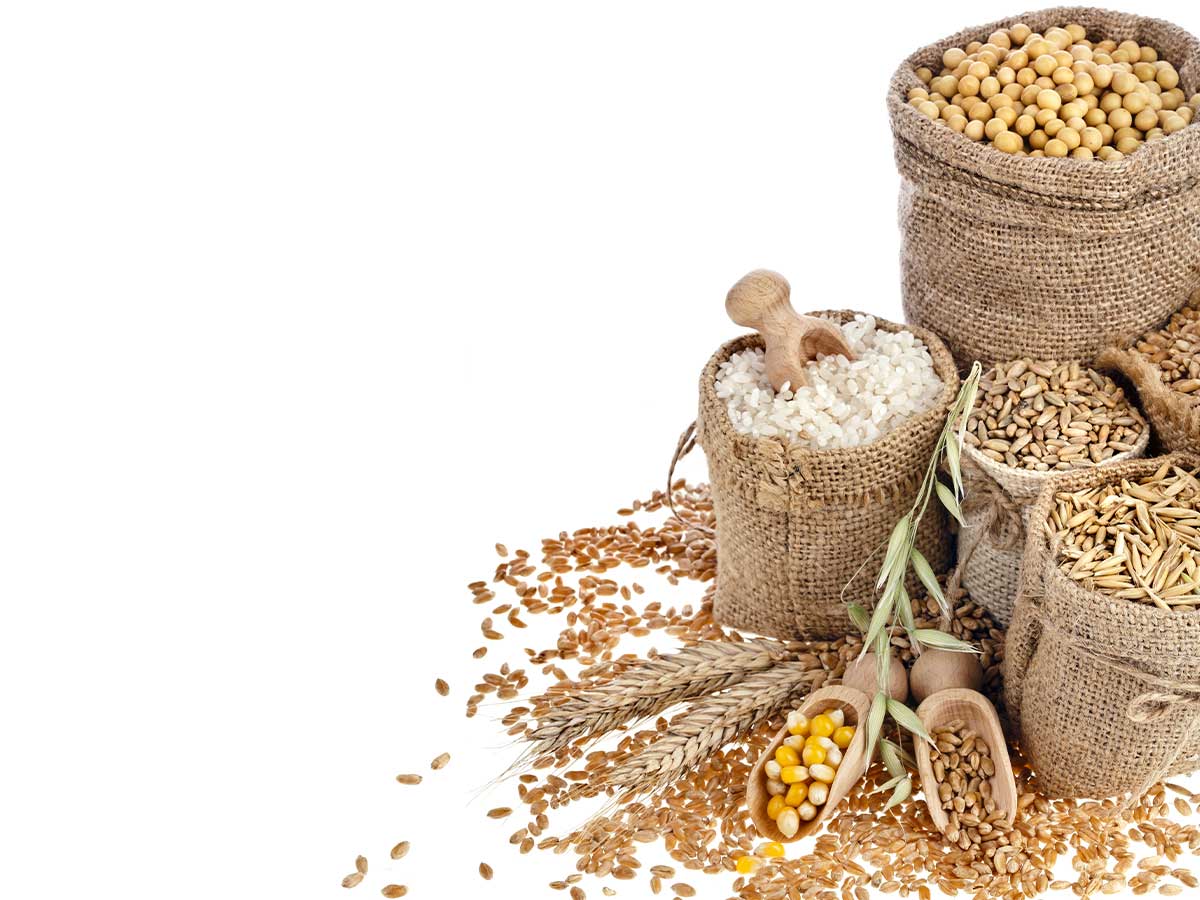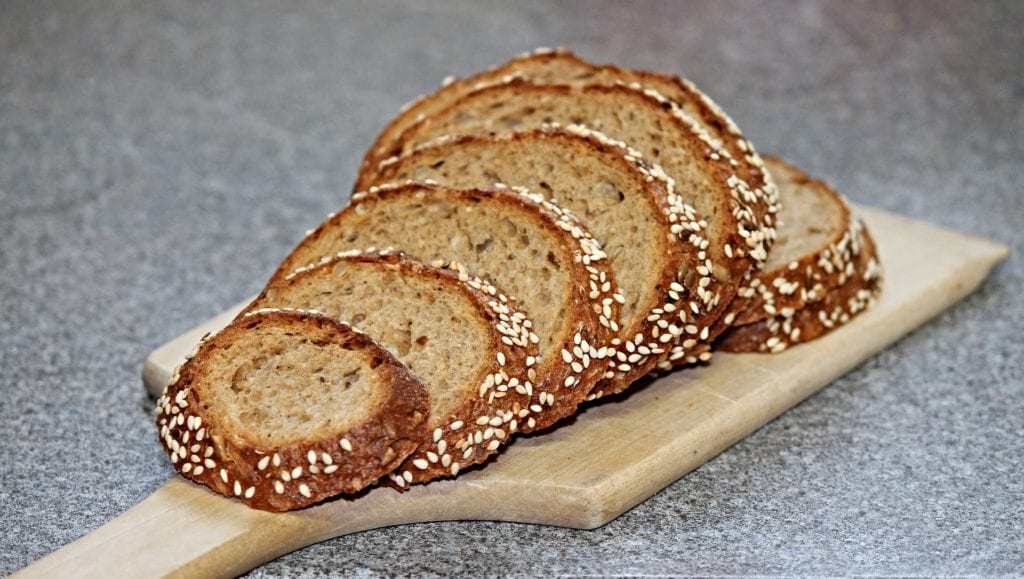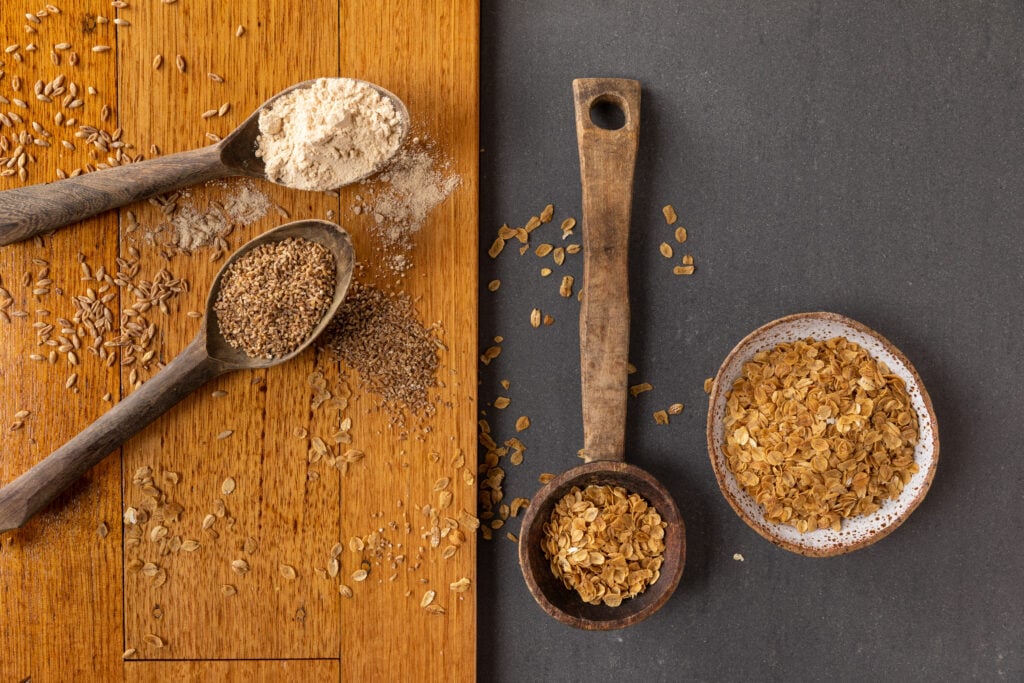Abdi, R. & Joye, I., 2021. “Prebiotic Potential of Cereal Components”. Foods, 10, 2338.
Prebiotic potential of cereal components
What it contains
This paper is a review that considers the prebiotic capability of cereals and parts of cereals, such as cereal dietary fibres. The review also considers the relationship between probiotics and prebiotics, different types of dietary fibre and the effect on the gut bacteria.

Cereal and cereal products have amassed attention due to their nutritional profile, in particular their prebiotic effects. According to the International Scientific Association of Probiotics and Prebiotics, the definition of prebiotics is “a substrate that is selectively utilised by host microorganisms conferring a health benefit”. Whereby, particular prebiotics contained in cereal components can enhance the growth and/or activity of the colon bacteria. In doing so, it improves the health of the consumer.
Classifications of Dietary Fibre
Water soluble dietary fibre:
- Beta-glucans
- Water extractable arabinoxylans
- Arabinoxylan oligosaccharides
- Galactooligosaccharides (GOS)
- Fructooligosacchairdes (FOS) and Fructans
The water-soluble dietary fibres are carbohydrates that resist digestion in the upper gastro-intestinal tract. The benefit of this is when they reach the colon, they can be used as a carbon and energy source for the bacteria inside the colon (gut). These dietary fibres are fermented by the good bacteria inside the gut, such as lactobacillus and bifidobacteria. As a consequence of this fermentation, there is growth and improvements to the good bacteria. There are also gasses produced in the form of short chain fatty acids.
Butyrate, acetate and propionate are the most common fermentation by-products and short chain fatty acids. They are also the most important. The power of butyrate, acetate and propionate are varied and numerous. They provide metabolic energy inside the colon. They also lower the pH of the colon, this reduces the growth of infections in the colon.
There is also evidence to suggest that the production of these short chain fatty acids improves the health of other organs. They also improve mineral absorption, lowers colon cancer risk, controls blood sugars and improves intestinal function; to list a few.
Beta-Glucan
With regards to beta-glucan specifically, there are studies to support its beneficial effect. For example, beta-glucan has been shown to lower blood cholesterol levels, display an anti oxidant effect and barley beta glucan has been shown to control the growth and activity of infections.
Fructans
The bran part of the cereal grain tends to contain the highest amount of fructans. Fructans are resistant to enzymatic reactions in the upper gastrointestinal tract. However they are broken down in the lower gastrointestinal tract; where they are fermented and produce the short chain fatty acids.
Water insoluble dietary fibres:
- Resistant Starch (RS)
- Cellulose
- Lignin
- Water unextractable arabinoxylans
Water soluble dietary fibres are less resistant to colonic fermentation then water insoluble dietary fibres. The prebiotic effect of the dietary fibres is dependant on their structure and chemical properties.
Resistant starch includes a variety of starches that reach the lower gastrointestinal tract undigested. Resistant starch is grouped into categories from RS1 through to RS5. RSI is resistant to digestion as it is located within the storage part of the cell; RS2 are starch granules that are poorly digested by the enzymes in the human gastrointestinal tract; RS3 are chemically modified starches, also called retrograded starches; RS4 are starches that are linked to other components; RS5 are complex starches that are derived from high amylose starches.
Resistant starch is so beneficial to the human gut. It provides food for the growth of probiotic bacteria inside the gut, produces short chain fatty acids (butyrate, acetate and propionate), lowers the pH of the colon to reduce growth of infections and illnesses. The benefit of resistant starch is also in its capacity to reduce toxic substances in the gut including ammonia, phenols and secondary bile acids.





